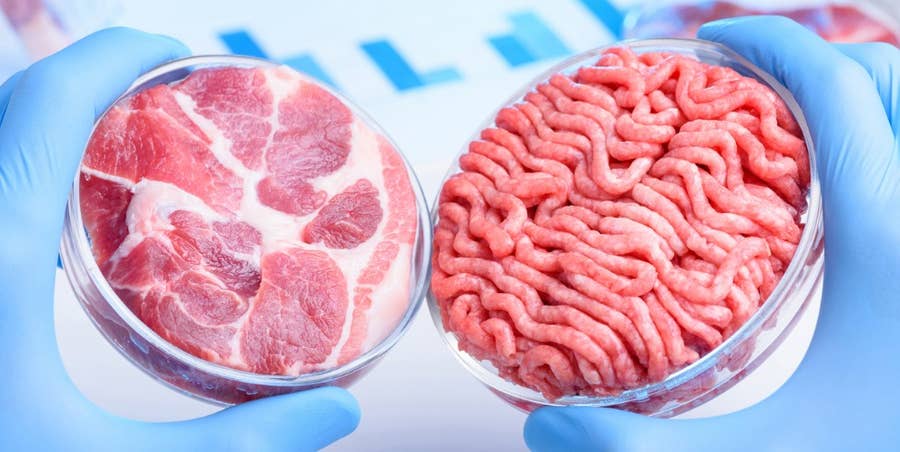One of the growing reasons lab-grown meat is beneficial for society is that it can be produced in a controlled environment without the use of antibiotics or pesticides. Hannah Tait, the communications assistant at Mosa Meat, one of the leading companies in the lab-grown meat industry, has highlighted the importance of cultured meat in light of the COVID-19 outbreak, as lab-grown meat carries fewer health risks than traditional animal products. In addition, reducing the number of animals in the food supply will promote human health and reduce the likelihood of zoonotic diseases. Zoonotic diseases are caused by germs transmitted between animals and humans. COVID-19 is speculated to be of a zoonotic origin; it was most likely transferred from a bat to another animal, which made direct contact with a human.
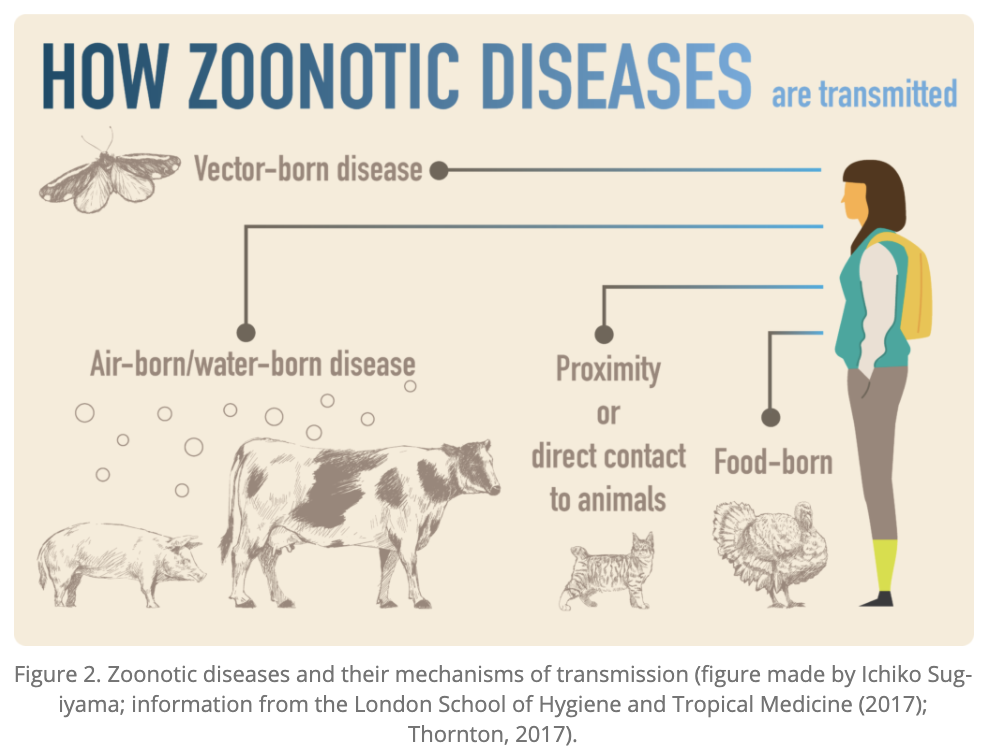
There are several diseases associated with meat consumption, the most well-known being E. coli from beef and Salmonella from poultry. Salmonella is caused by a foodborne infection: the meat is contaminated with bacteria, parasites, or viruses. E. coli, on the other hand, is caused by foodborne intoxication: the food is contaminated with toxic chemicals, such as pesticides or other harmful pathogens. Alarmingly, residue from drug treatments used on farm animals has been found in meat products, which can create problems for human health.
In the current meat production process, animals are given high doses of antibiotics to prevent infectious diseases that arise due to their unhygienic living conditions. In the US, 80% of the antibiotics produced are sold for meat and poultry production, while only 20% are used to treat humans. This widespread use of antibiotics is associated with a rise in pathogenic and antibiotic-resistant bacteria.
In addition to antibiotics, the additives in meat include hormones, steroids, pesticides, herbicides, and other toxins linked to genetically-modified feed. In 2015, the Center for Food Safety found that a total of 450 different drugs are administered to the animals we eat. Most of these drugs and feed additives are used to suppress the negative effects on farm animals that arise due to the extreme confinement and unsanitary living conditions. Livestock are also fed antiseptics, bactericides, and fungicides to treat skin or hoof infections. Ionophore drugs are used to increase the rate of weight gain, and hormone enhancers are used to increase the production of milk or eggs. Antiparasitic drugs are used to control and prevent potential diseases in livestock.
The use of these drugs allows many environmental toxins to build up in animal tissue, particularly in their fatty tissue. One example, found in animal tissue in high amounts, are dioxins. Dioxins are a class of some of the most toxic synthetic chemicals known to humans. It can cause endocrine disruptions and other reproductive problems, such as cancerous tumors, infertility, birth defects, and other developmental disorders. The reason most people do not experience symptoms of dioxin poisoning is because of the high background exposure to dioxins. They are found in many food products, especially animal products; 93% of dioxin exposure in humans is caused by the consumption of animal products. Dioxins are unwanted byproducts of the manufacturing of herbicides and pesticides that are used in animal feed. They tend to accumulate in the fat cells of the animal products we eat; this includes eggs, farmed fish, beef, pork, and poultry. On average, farmed salmon has 16 times more dioxins than wild salmon.
Once dioxins enter our bodies, they are difficult to excrete because of their chemical stability and solubility in fatty tissue. The half-life of dioxins is estimated to be 7–11 years. Men are entirely unable to release dioxin from their bodies, and women can only release dioxin through their breast milk, which may affect their babies. In fact, developing fetuses are especially sensitive to dioxin exposure, which is why pregnant women are advised to reduce the amount of oily fish and dairy products in their diet. Most advanced countries have methods of monitoring their food supply for dioxins to prevent large scale contamination events. Despite these efforts, the level of dioxins ingested by humans is still alarmingly high according to the WHO. Dioxins are only one example of the harmful toxins that are found in animal products. Others include arsenic compounds, melamine, and heavy metals such as lead, mercury, and cadmium.
What’s the deal with antibiotic resistance?
Antibiotics are chemicals produced by microbes that kill or inhibit the growth of bacteria. Over many generations, bacterial colonies may develop bacteria with antibiotic resistance through mutations in their DNA. These bacteria will continue to reproduce and flourish even when antibiotic treatments are applied.
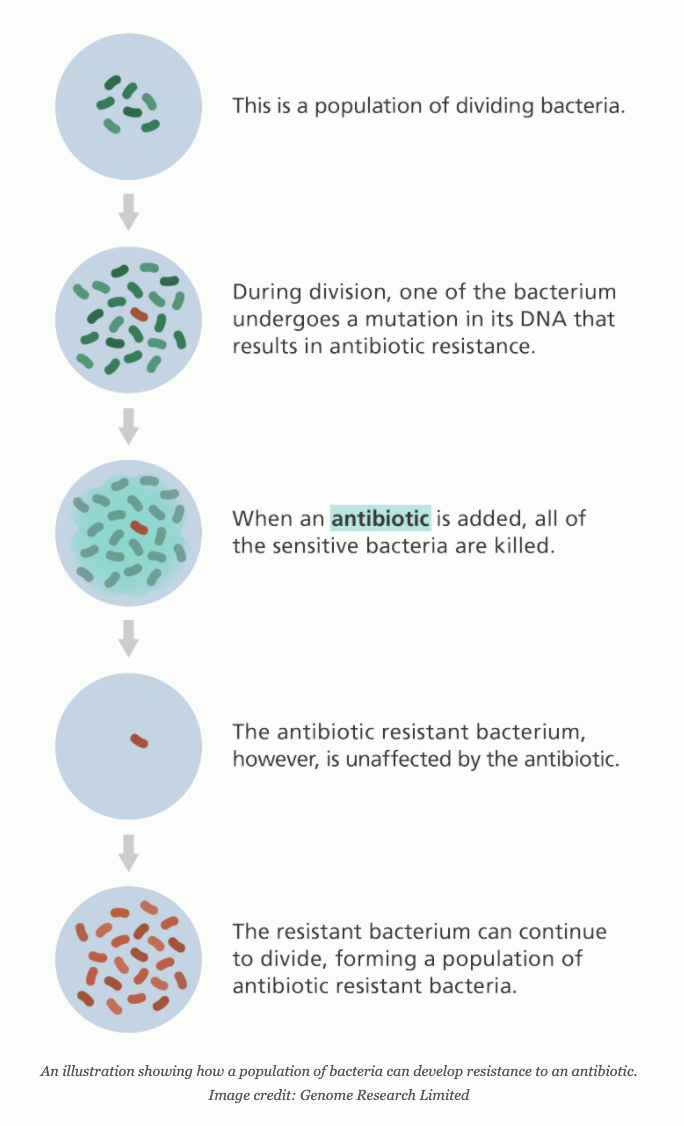
The routine use of antibiotics in the meat industry opens the door to increased growth of antibiotic-resistant bacteria. Antibiotics are added to animal feed to accelerate growth and prevent disease from spreading in crowded barns. The danger is that if antibiotic-resistant bacteria spread and infect humans, we have no available cures to treat the infection. Dr. Tedros Ghebreyesus, director-general of the WHO, has stated that “a lack of effective antibiotics is as serious a security threat as a sudden and deadly disease outbreak.” The CDC reports that 2.8 million antibiotic-resistant infections occur in the US every year. Accordingly, the WHO recommends that the food industry should stop employing antibiotics to prevent disease in healthy animals.
Lab-grown meat may still incorporate small dosages of antibiotics, but significantly less than livestock farming. The current meat production process is increasing its use of antibiotics to adapt to the rising demand for meat products. Since cultured meat is produced in a clean environment, there is no need for antibiotics. Therefore, cellular agriculture may be able to reduce or eventually eliminate the use of antibiotics in the meat industry, which could also lead to a decreased occurrence of E. coli and Salmonella infections.
The use of artificial growth hormones in farmed animals is necessary to reduce the time it takes for animals to develop into full-grown animals ready for slaughter. Cellular agriculture does not have this problem, since the cells are extracted from healthy adult animals and grown directly in a bioreactor. Similarly, steroids and pharmaceutical drugs given to farmed animals to increase their muscle mass and decrease fatty tissue are not necessary for lab-grown meat because the fat and muscle tissues are grown separately and woven together in exact quantities.
The excessive amount of antibiotics, steroids, hormones, and other toxins used in animal farming has alarming consequences for human health worldwide. Many of the toxins that we ingest do not have immediately noticeable health effects, which is one reason they are so dangerous. With the current coronavirus outbreak in mind, the increasing threat of antibiotic-resistant bacteria is extremely daunting, as this could cause a similar global health issue due to the lack of effective treatments. To avoid another global health disaster, farming methods must reduce or eliminate the use of antibiotics. The difficulty is that improving the welfare of food-producing animals would result in much slower meat production, which cannot satisfy the increasing demand for meat. For this reason, investment in cellular agriculture is the most feasible method to avoid a global health disaster.
How to identify foods produced without the use of antibiotics:
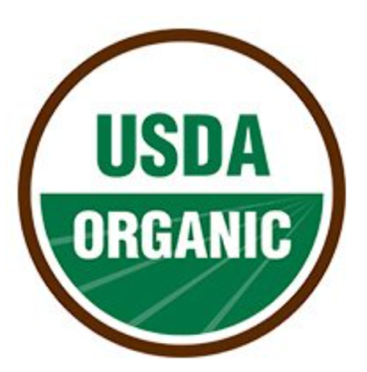
Certified Organic
Animals are fed only organically-grown feed without synthetic hormones or antibiotics and have year-round access to the outdoors, fresh air, and direct sunlight. No antibiotics are allowed for healthy animals. Sick animals are not eligible for this certification.
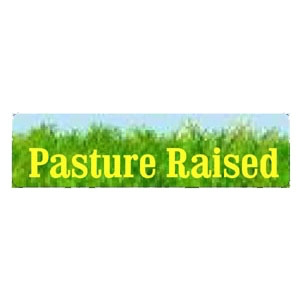
Pasture Raised
Animals spend at least some time outdoors on pasture. This usually implies a smaller-scale farming method than factory-farmed animals. There are no government standards for this label or requirements for how much of its life the animal spent outdoors.
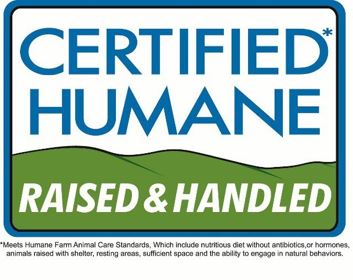
Certified Humane
Animals are not confined in cages or crates; beef cows must have access to outdoor pasture. No specific outdoor requirements for dairy cows or other farm animals. GMO feed and feedlots are allowed. No antibiotics are given to healthy animals.
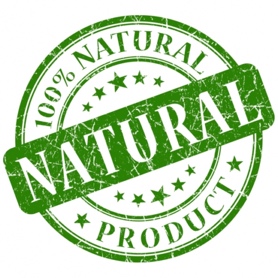
Natural Products
USDA-certified poultry and meat products that do not include artificial colors, artificial flavors, preservatives, or other artificial ingredients. This label does not indicate how animals are raised, what they are fed, or if antibiotics or hormones are used.
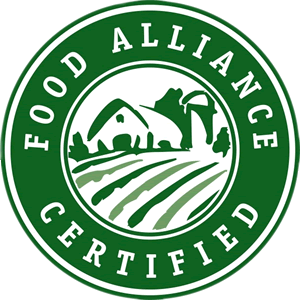
Food Alliance Certified
Animals are raised outside on pasture or range for their entire lives. No GMO-based feeds or antibiotics are allowed. Sick animals are not eligible for this certification.
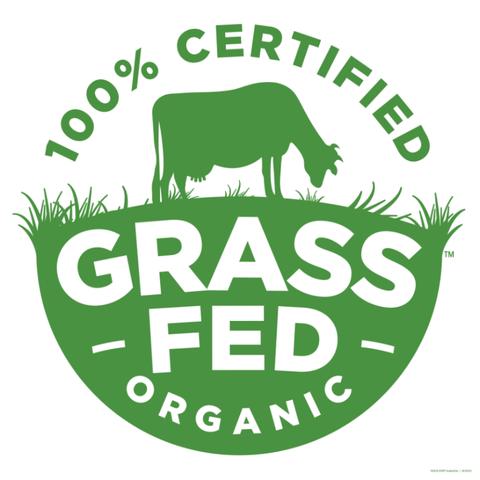
Grass-fed
Animals’ primary source of food comes from grass or hay, not from grains. There are no government standards for this label. It does not indicate the living conditions of the animals or if hormones or antibiotics were used.
References
Anderson Wendy, et al. “Diseases Associated with Meat.” Meat Cutting and Processing for Food Service, BCcampus, 2015.
opentextbc.ca, https://opentextbc.ca/meatcutting/chapter/diseases-associated-with-meat/.
Cappiello, Julie. “Over 450 Drugs Are Administered to Farmed Animals.”
Mercy For Animals, 13 Apr. 2017, https://mercyforanimals.org/blog/over-450-drugs-are-administered-to-farmed/.
CDC. “Antibiotic-Resistant Germs: New Threats.” Centers for Disease Control and Prevention,
28 Oct. 2020, https://www.cdc.gov/drugresistance/biggest-threats.html.
Dreskin, Rachel. Know Your Labels. https://www.ciwf.com/your-food/know-your-labels/.
Accessed 8 Dec. 2020.
“Environmental Impact of Meat - The Shocking Truth - Eco Peanut.” Https://Www.Ecopeanut.Com/,
18 June 2018, https://www.ecopeanut.com/environmental-impact-of-meat/.
Siegel, Kate, and Suzanne Verity. “GMOs: Food for Thought.” WebMD.
Accessed December 8, 2020. https://www.webmd.com/food-recipes/features/truth-about-gmos.
Science in the News. “Will GMOs Hurt My Body? The Public’s Concerns and How Scientists Have Addressed Them,”
August 10, 2015. http://sitn.hms.harvard.edu/flash/2015/will-gmos-hurt-my-body/.
Leeman, W. R., et al. “Transfer of Chemicals from Feed to Animal Products: The Use of Transfer Factors in Risk Assessment.”
Food Additives and Contaminants, vol. 24, no. 1, Jan. 2007, pp. 1–13. PubMed, doi:10.1080/02652030600815512.
Mckenna, Maryn. “Farm Animals Are the Next Big Antibiotic Resistance Threat.”
Wired, Sept. 2019. www.wired.com, https://www.wired.com/story/farm-animals-are-the-next-big-antibiotic-resistance-threat/.
National Research Council. The Use of Drugs in Food Animals: Benefits and Risks.
1999. www.nap.edu, doi:10.17226/5137.
Roccor, Raphael. “Cellular Agriculture – The New Food Revolution.”
Factory Farming Awareness Coalition, 24 July 2020,
https://www.ffacoalition.org/blog-posts/cellular-agriculture-new-food-revolution.
Scott, Steve. “What Is Antibiotic Resistance?” Yourgenome,
25 2016, /facts/what-is-antibiotic-resistance.
Sugiyama, Ichiko. “Are the Risks of Zoonotic Diseases Rising in the Anthropocene Due to Climate Change?”
Climate: Past, Present & Future, 16 Mar. 2020, https://blogs.egu.eu/divisions/cl/2020/03/16/corona/.
WHO. Dioxins and Their Effects on Human Health.
4 Oct. 2016, https://www.who.int/news-room/fact-sheets/detail/dioxins-and-their-effects-on-human-health.
Stop Using Antibiotics in Healthy Animals to Preserve Their Effectiveness.
https://www.who.int/news/item/07-11-2017-stop-using-antibiotics-in-healthy-animals-to-prevent-the-spread-of-antibiotic-resistance.
Accessed 8 Dec. 2020.

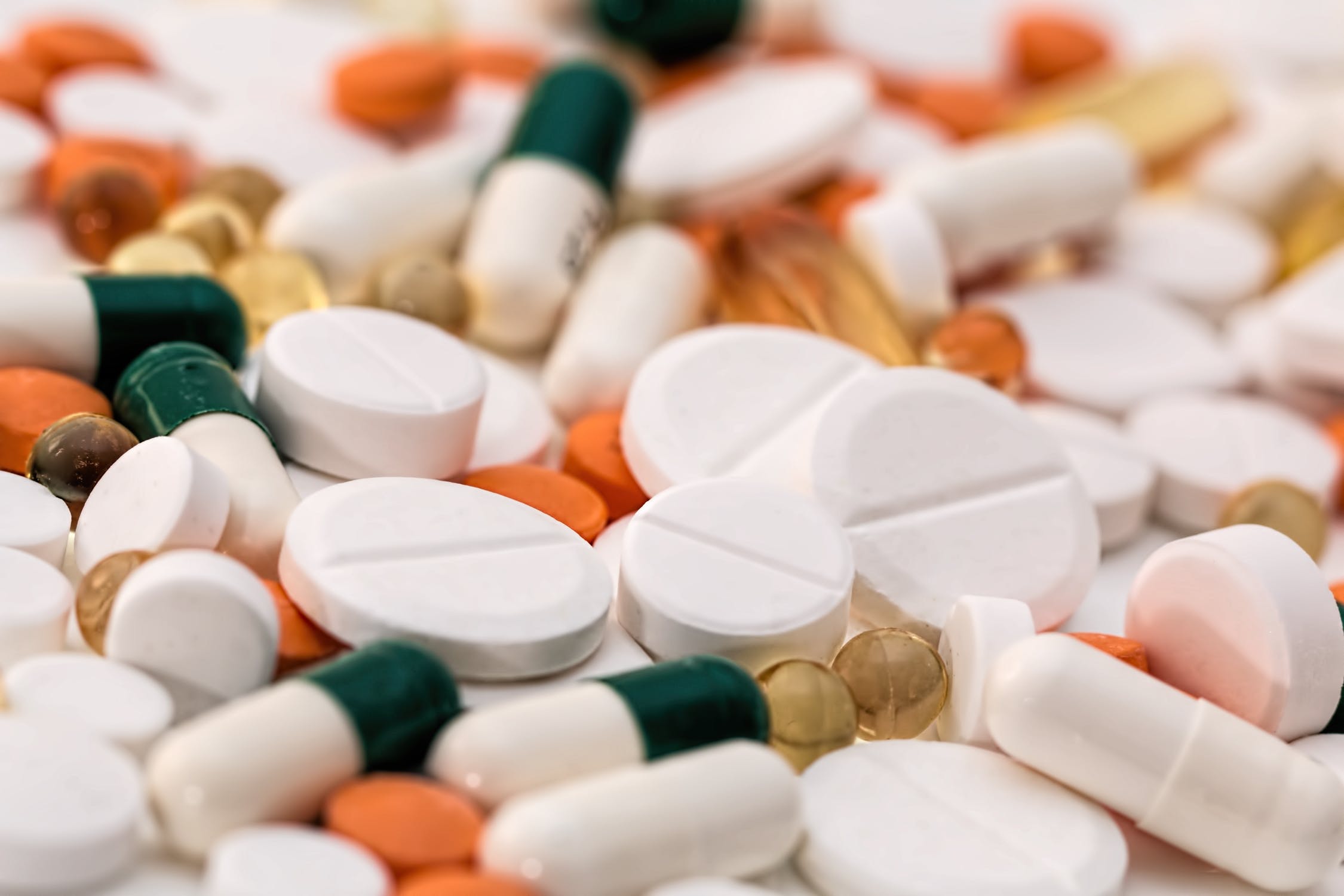
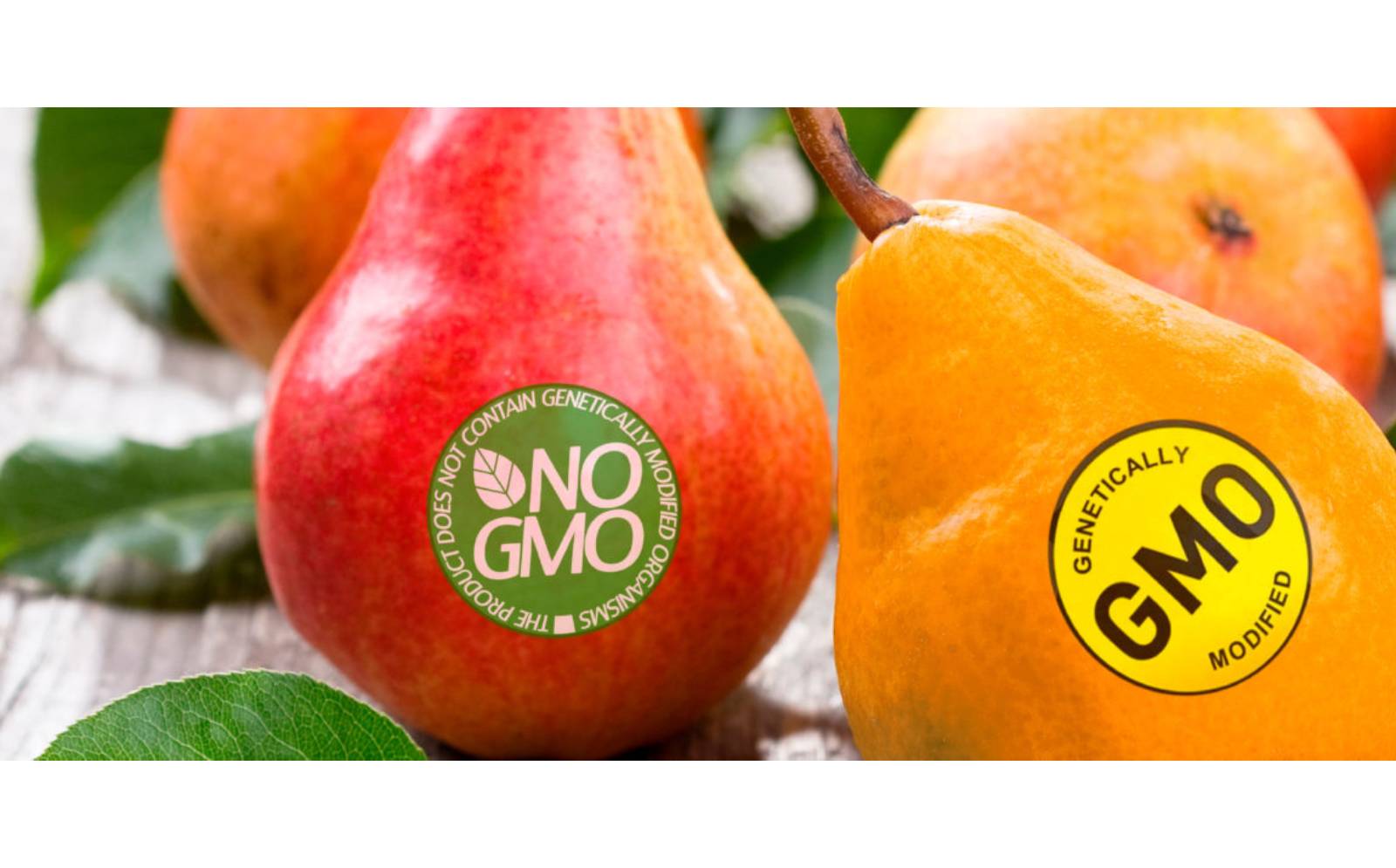 Is Lab-Grown Meat Genetically Modified?
Is Lab-Grown Meat Genetically Modified?